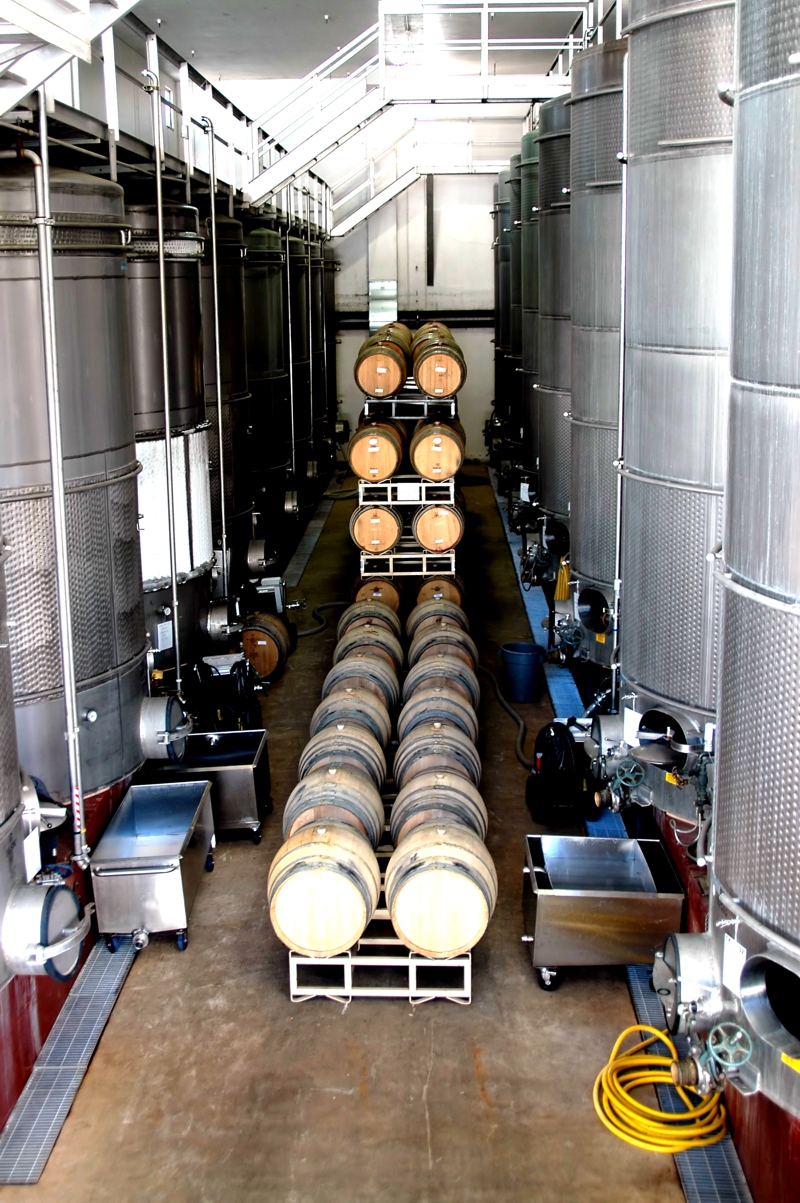WINE CLARIFICATION: WHEN IS THE OPTIMUM TIME TO RACK?
The Sediment Interface Detector from Raven: A new tool for winemakers.

|
: :
|
WINE CLARIFICATION
When is the optimum time to rack wine?
This stage of winemaking involves more art than science. Heavy lees, greater than 100 microns, settle spontaneously within the first 24 hours of fermentation and are generally discarded after the first racking to avoid microbial spoilage. Light lees, 1 to 25 micron particles, impart many beneficial attributes to wine depending on the winemaker’s desires. Knowing the lees level is also desirable for process control.
The Raven Sediment Interface Detector (SID) precisely locates light lees throughout several rackings.
RACKING
Racking fermented wine is postponed for malolactic fermentation and Sur Lies maturation. Several rackings may be necessary to achieve brilliant clarity. With each racking smaller and smaller particles are left behind. Eventually the residual solids will include mainly fining agents if used.
OFF ODORS
There appears to be a direct relationship between the size of the storage tank and the number of rackings. Larger tanks tend to develop thick anaerobic layers that lead to off-odors. Frequent racking reduces stratified lees layers. Make informed decisions about racking with the SID to minimize labor and energy.
SUR LIES MATURATION
An artistic touch more commonly found in small cooperage, sur lies maturation is effectively controlled with stirring (battonage). In larger wine vessels sur lies maturation is more difficult to manage. Using the SID in a large tank can help track the buildup of lees and provide a regimen for frequent rackings to maintain the winermaker’s desired level of lees.
FINING
Adding finings to wine causes an adsorbent, enzymatic or ionic bond with the particles in suspension. Organic fining agents include egg whites, casein, gelatin and isinglass. Inorganic mineral types of fining agents are bentonite, activated carbon and silica.
Some winemakers wish to minimize the potential impact that fining agents may have on aromatic compounds in the wine. The SID gives these winemakers a settling profile of the tank so that only incremental amounts need be added to achieve the desired clarity.
CENTRIFUGATION
Depending on the size of the winery, centrifugation and filtration of wine may be necessary to speed up the clarification process.
|
|